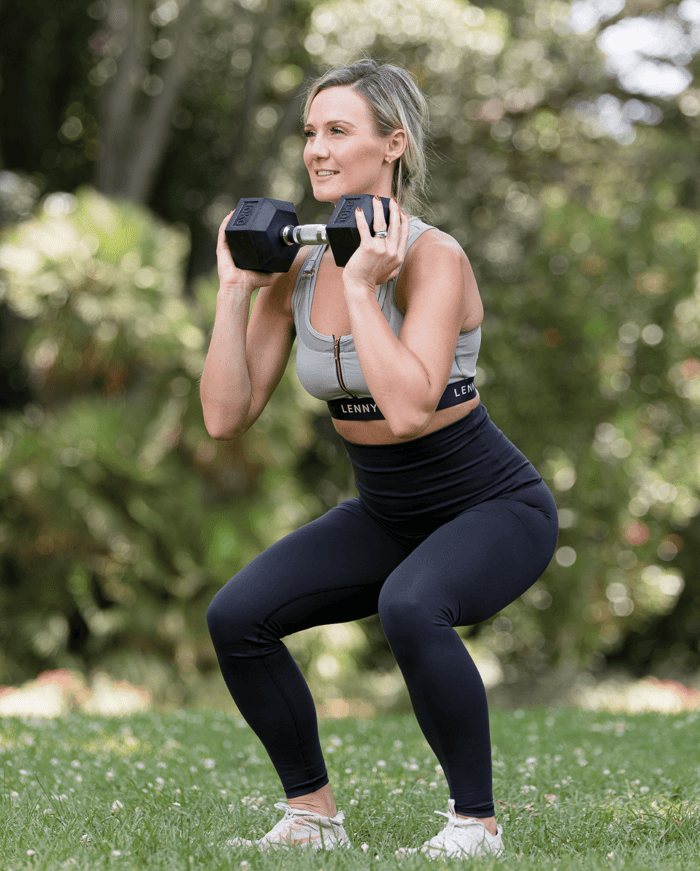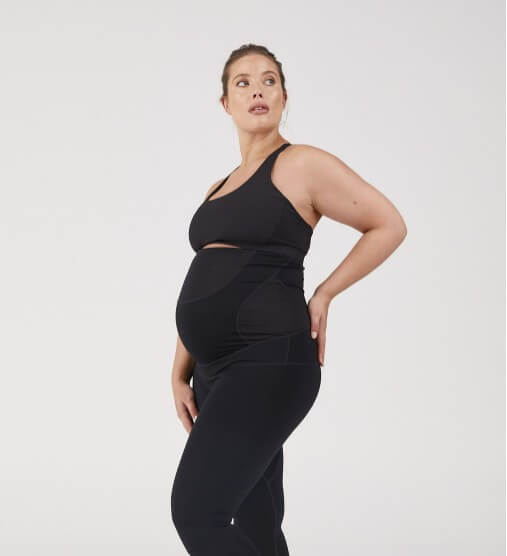Bladder leaks, formally known as urinary incontinence, are often associated with pregnancy and childbirth. However, this issue is not exclusive to expectant or new mothers. In fact, a variety of factors can lead to bladder leaks in individuals of all genders and ages. Let's explore five reasons why bladder leaks aren't just for pregnant women.
1. Aging and Muscle Weakness
As we age, the muscles of the pelvic floor and bladder can weaken, leading to bladder leaks. This natural decline in muscle strength affects both men and women. The pelvic floor muscles are responsible for supporting the bladder and maintaining continence; when they lose their tone, it can result in involuntary leakage. In addition to changes in muscle strength and tone, hormonal changes, such as declining oestrogen, can affect the function of the urinary tract.
- Solution: Engaging in regular pelvic floor exercises, such as Kegels, can help strengthen these muscles, reducing the occurrence of leaks.
2. Hormonal changes:
In addition to changes in muscle strength and tone, hormonal changes, such as declining oestrogen, can affect the function of the urinary tract.
- Solution:
- Speak with your health care provider about hormone hormone based support - there are many natural (oral and topical) pharmaceutical (oral and topical) options, as well as dietry changes that can assist hormonal symptoms.
- Support wear such as Everform Therapywear: has been scientifically created and tested to provide pelvic floor and pelvic organ support, and may assist with reversing symptoms associated with light bladder leaks and pelvic organ prolapse symptoms.
3. Obesity
Carrying excess weight puts additional pressure on the bladder and pelvic floor muscles. This added pressure can weaken the muscles over time, making it difficult to control the urge to urinate.
- Solution: Maintaining a healthy weight through a balanced diet and regular exercise can alleviate some of the pressure on the bladder and decrease the likelihood of leaks. Sometimes leaks can make exercise seem daunting or impossible - so speaking with your health professional about different low impact options that are likely to be leak-free is a good idea. These might include walking, stationary cycling, pilates, or swimming.
4. High-Impact Activities
Regular participation in high-impact sports or exercises can increase the risk of bladder leaks. Activities such as running, jumping, or heavy lifting increase intra-abdominal pressure, which can strain the pelvic floor muscles over time.
- Solution: Whilst some may be happy with swapping out high impact exercise for lower impact versions (think walking instead of running, pilates instead of heavy lifting) - for others this won’t seem like a win-win solution. Working with a women’s health physio or women’s health trained PT is a good idea if you are intent on sticking with your chosen activity. They may help identify where things are going wrong - muscle imbalances, technique, breathing technique and timing - and help come up with strategies to keep you training leak free.
Everform products are designed to optimise intraabdominal pressure during day to day activities and sport - and to support pelvic floor function so that you don’t leak during your favourite activities. Incorporate supportwear use with technique and breath modification for a holistic approach.
5. Lifestyle Factors
Lifestyle choices, including smoking and excessive caffeine or alcohol consumption, can irritate the bladder and exacerbate incontinence. Smoking can lead to chronic coughing, placing additional strain on the pelvic floor, while caffeine and alcohol can increase urine production - making you need to go more regularly. They can also irritate the bladder and contribute to a sense of urgency with going to the toilet, or urge incontinence.
- Solution: Reducing or eliminating these irritants from your lifestyle can help improve bladder control and reduce the frequency of leaks. Drinking regularly throughout the day, rather than limiting fluid intake is important for bladder and bowel health. Be sure to drink small amounts often, rather than sculling large drinks infrequently, as this can also exacerbate the problem!
6. Healthy Bowel habits
Healthy bowels are the cornerstone of a healthy bladder and maintaining a leak-free life. If we suffer from constipation, regular straining on the toilet can weaken the pelvic floor and increase the likelihood of light bladder leaks.
- Solution: Drinking plenty of water, maintaining a diet high in fibre and adopting good toileting posture will all contribute to a healthy pelvic floor.
Bladder leaks are a common issue that can affect anyone, regardless of age, gender, or life stage. By understanding the various factors that contribute to urinary incontinence and implementing targeted strategies, individuals can take proactive steps to manage and reduce leakage. Remember, if you are experiencing bladder leaks, it is important to consult with a healthcare professional to identify the underlying cause and receive personalized management recommendations.




